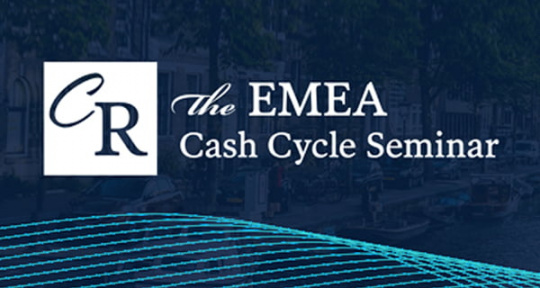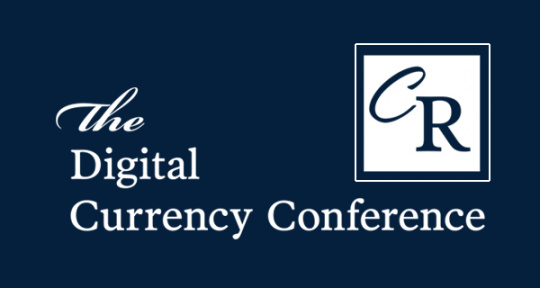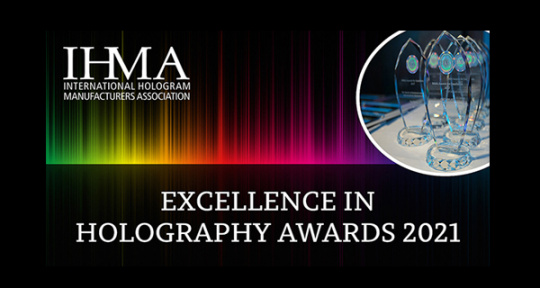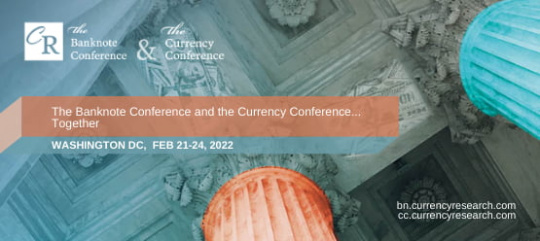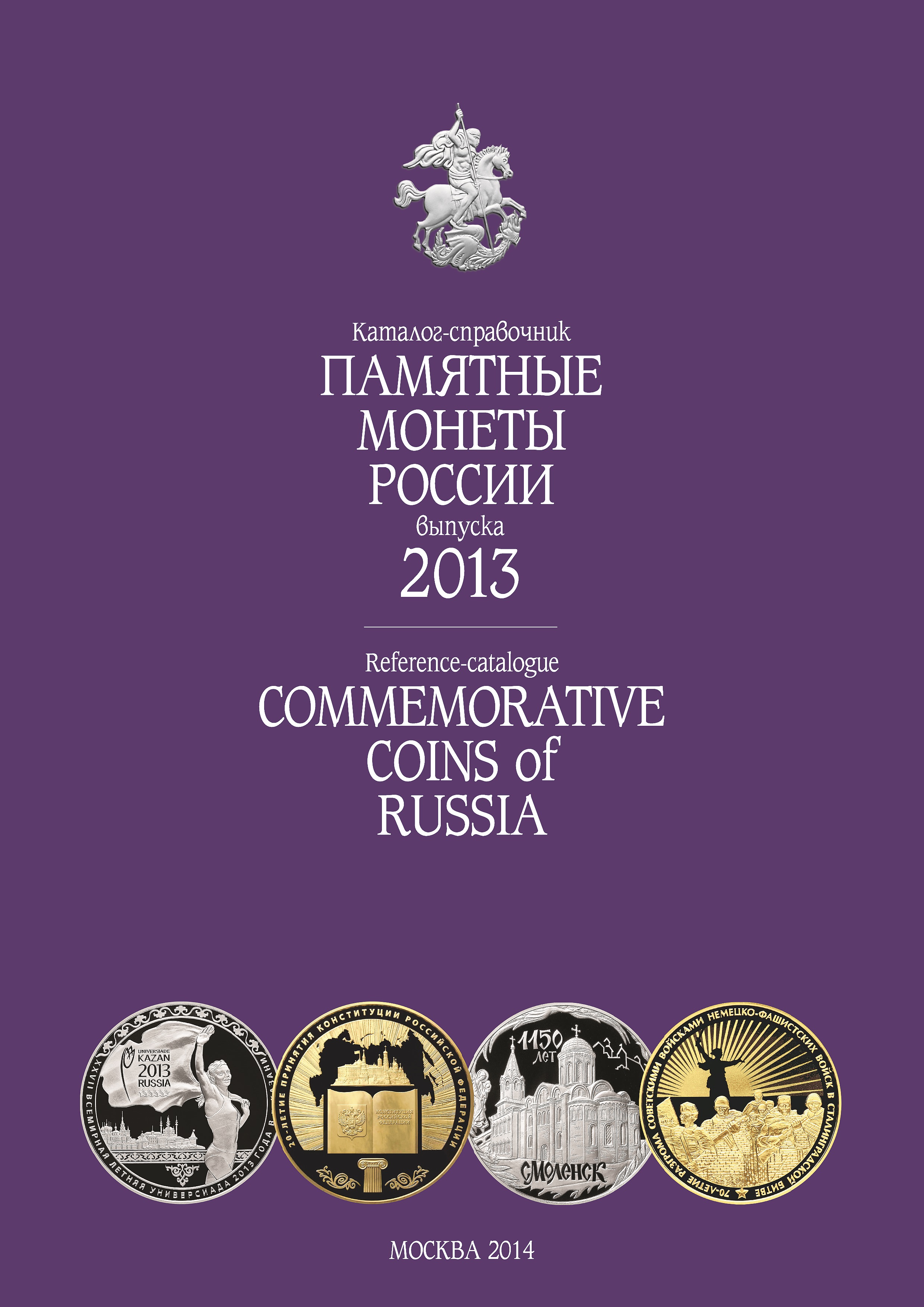
Commemorative Coins of Russia, 2013
20.01.2014In March 2014, InterCrim Press Publishers is releasing another reference catalog "Commemorative Coins of Russia. 2013" featuring detailed descriptions of 69 commemorative coins issued by the Bank of Russia in 2013, devoted to commemorative dates of the year, and minted within ongoing thematic series. Prior to the release of the yearbook enjoying long-standing success, we've talked to V.M. Gerasimov, a consultant at the Banknote and Anti-Counterfeiting Department of the Bank of Russia and V.P. Shesternin, Head of the Commemorative Coin Department of the Bank of Russia on serial themes are chosen, prospects of investment coins in Russia and the coins to be issued this year.
V.G.: There were no significant developments in coinage technologies in 2013. Commemorative coinage itself is originally a complex metalwork technology and introduction of new techniques to it is expensive and time consuming. Therefore, such changes brew slowly and happen not very often. For example, attempts to apply color enamels on coins date back to the 19th century but found no broad support due to enamel "baking" difficulties and, perhaps more importantly, inability to provide coin identity in the same circulation: manual coin enameling made her unique and different in detail from other coins of the circulation. Later, these attempts were renewed via modern technology, but even it didn't help get rid of enamel disadvantages. Only a hundred years later, appearing tampography which became widespread turned devoid of these shortcomings. No reason to talk about more active use by the CBR of new coin design techniques last year - rather than their balanced approach. For example, laser treatment of coin reverse surfaces was used mainly in coinage of the "Sochi 2014" Olympic Program, while tampography and gold inserts in silver coins were limited to small fragments in drawings of certain coin types. Attention should paid to some issues of 25-ruble silver coins ("175 Years of Alexander Column, St. Petersburg" in 2009 (Ill. 1), "200 Years of Rostral Columns, St. Petersburg" in 2010) different from regular coins in silky and dull reverse margins.┬Ā
BoW: How are themes of annual commemorative CBR coins chosen? Through what stages is their selection agreed? How far is the final theme list modified?┬Ā
V.G.: Themes of future commemorative coin issues are formed long before the issue year: experts of the Cash Circulation Department pre-select relevant themes from various sources, focusing primarily on their national or international profile. The theme list also includes noteworthy suggestions by various organizations and citizens. Such a draft plan is considered at panel CBR meetings and then submitted for approval by the CBR Board. Possible additions and changes to the plan are reviewed and approved under the same procedure.┬Ā
BoW: Analyzing coin themes produces the impression that the CBR conducts a deliberate policy essentially distinguishing it from many other leading mints and issuers of commemorative coins. I mean the CBR deliberately embarked on popularizing events of national history and culture, natural, geographical and ethnographic diversity of our country in the world and among Russians themselves. Is it the case?┬Ā
V.G.: Indeed, CBR plans for commemorative coin issuance have dominant themes of national history, cultural heritage of Russia's peoples, events in its contemporary life. It seems that foreign governments too devote their commemorative coins mainly to their national themes.┬Ā
BoW: The reference catalog "Commemorative Coins of Russia. 2013" features 19 coin series. The 2013 leitmotifs were the 70th Anniversary of the Battle of Stalingrad, the 20th Anniversary of the Russian Constitution, the 2014 Olympics in Sochi and the 2013 Summer Universiade in Kazan. Could you briefly characterize them?┬Ā
V.G.: These commemorative coin series speak for themselves. The 2013 issue core is, of course, the last 2 series of the Olympic Coin Program "Sochi 2014". Unlike the first 2, the 3rd and 4th series are supplemented with large silver (200-ruble) and gold (10,000- and 25,000-ruble) coins, which gave the whole "Sochi 2014" Program finished appearance with coverage a variety of aspects relating to the Olympic Games. These are both almost all winter sports through history, symbolic-mythical venue aura of Sochi (flora, fauna, Prometheus, Matsesta) (Ill. 2), Russian folk winter fun and games, the history of the Russian Olympic Movement, and the sports facilities of the Moscow and Sochi Olympics. The series "XXVII World Summer Universiade 2013 in Kazan", although smaller in size, is no less important from the perspectives of developing youth sports and regional sports infrastructure.┬Ā
BoW: How are circulations of specific commemorative coins set? Is there any consideration of the prospects of their further circulation in the secondary market, which may indirectly affect the future dynamics of their value (collector value)?┬Ā
V.S.: Plans for commemorative coin circulation factor in primarily current numismatic market conditions both domestically and abroad, as well as coin themes. According to representatives of major international numismatic firms, the most optimal supply ratio for commemorative coin demand is about 75-80%.Then, in most cases, value of issued coins rises over the years, which contributes to both more demand for future coin issues and is generally beneficial to secondary market growth.┬Ā
BoW: Please tell us about release of Russian investment coins. What are the future prospects of investment coinage in Russia?┬Ā
V.S.: After selecting Sochi as the venue of the XXII Winter Olympics and XI Paralympics, the CBR developed the coin "Sochi 2014" Program implemented under the Olympic Charter from 2011 to 31 Dec. 2014. With each issued or sold coin, Olympic organizations (the "Sochi 2014" Organizing Committee and the International Olympic Committee) are paid a fee (royalty) funding the Olympic Movement. Buying a coin, one can contribute also to the success of the Sochi Games. Under the Program, investment coins were also released. The CBR does not refuse further issuance of non-Olympic coins either.┬Ā
BoW: What are the future prospects of selling commemorative CBR coins in terms of maintaining or, on the contrary, changing the existing balance in coin sales volumes inside the country and abroad?┬Ā
V.S.: Currently about 80% of coin circulation is sold within the Russian Federation, with the rest supplied abroad. This ratio seems best at the moment.┬Ā
BoW: Based purely on formal cost and metric coin parameters (for example, precious metal (gold) weight indirectly emphasizing also significance of the event behind the minted coin), it turned out that the most "remarkable" 2013 events were: the 20th anniversary of adopting the current Constitution of the Russian Federation (10, 000 rubles and 1kg of gold) (Ill. 4), the jubilee of G.I. Nevelsky's expedition to the Far East (1848-1849 and 1850-1855) (Ill. 5) and the XVII Summer Universiade 2013 in Kazan (both coins were also issued in 10,000 rubles and 1kg of precious metal) (Ill.6). And such an event as the 70th anniversary of the Battle of Stalingrad, a turning point in whole World War II, was marked although with a gold commemorative coin but the weight of only 15.55gr and denomination of 100 rubles (Ill.7)?┬Ā
V.G.: Formal ranking of coin significance by weight is hardly justified. Important in this regard is the fact that commemorative coin series with most public response (like "70th Anniversary of Nazi Defeat by Soviet Troops in Battle of Stalingrad", "20th Anniversary of Russian Constitution Adoption", etc.) contain 10-ruble coins in large 10-million circulations. Besides, formal ranking of coin theme significance would have to ignore production capacity of mints, domestic coin market volumes, and collectors' purchasing power.┬Ā
BoW: Who designs commemorative coins?┬Ā
V.S.: Commemorative coin designers mostly work at Goznak's Design Bureau. Located in St. Petersburg, it's headed by Alexander Baklanov, People's Artist of Russia and professor at the Academy of Arts. Coin design is done by lead Design Bureau artists: L.A. Evdokimova (the coin "350th Anniversary of Penza"), S.V. Sutyagin (the coin "Year of Russian Federation in Federal Republic of Germany and Year of Germany in Russian Federation") (Ill.8), S.A. Kozlov (the coin "Year of Environmental Protection"), A.A. Brynza (the coin "Kazan - Verona"), E.V. Kramskaya (the coin "Architectural Ensemble of Architect Rossi Street in St. Petersburg" (Ill.9), A.D. Schablykin (the coin "90th Anniversary of All-Russian Sports Society "Dynamo"") (Ill. 10) and many others.┬Ā
BoW: What would the sale mechanism for commemorative CBR coins be like? Is it going to remain as it is now or have some changes? Will Sberbank's privileges remain in the distribution system of commemorative CBR coins?┬Ā
V.S.: In 2011, the Federal Law "On Central Bank of Russian Federation (Bank of Russia)" included amendments under which the CBR got the right to supply coins not only to credit institutions but also the producer of CBR banknotes and coins - Goznak. There're no planned changes in the coin distribution system in the near future. Sberbank's "privileges" come from 2 factors. As for Olympic coins, Sberbank is the general partner of the Sochi Games in the banking category, which involves its exclusive coin distribution rights under the "Sochi 2014" Program. Secondly, Sberbank is the largest commercial bank in the country, historically having the widest branch network across all Russia's regions. This can't be reasonably ignored in coin supply.┬Ā
BoW: What coinage is expected in 2014?┬Ā
V.S.: In the coming year, we plan to issue about 79 coins on various memorable dates and events: the 200th anniversary of M. Lermontov, the 250th anniversary of the State Hermitage, the 700th anniversary of St. Sergius of Radonezh, the 150th anniversary of Moscow Zoo, the 70th anniversary of the victory in the Great Patriotic War of 1941-1945, Russian athletes as champions and prize-winners at the XXX London Olympics 2012, etc. The coin circulation will range from 100 to 10 million pcs.
Similar news
The Regional Forum for Secure Document Technologies. The latest technologies and techniques in the production and issue of banknotes, ePassports, ID cards, visas and other secure documents across Latin America.
Exhibitions and Conferences
This yearŌĆÖs Cash Cycle Seminar program will focus on cash in a post-pandemic world. A digital revolution has taken place during the covid disruption with the pre-existing trends for all payment methods fluctuating wildly.
Exhibitions and Conferences
CRŌĆÖs Central Bank Payment Conference (CBPC) has been discussing CBDC and Digital Currency policy issues since its inauguration 5 years ago
Exhibitions and Conferences
The winners of this yearŌĆÖs Excellence in Holography awards reflect a global industry that continues to expand, innovate and find new markets, according to organisers International Hologram Manufacturers Association IHMA.
Exhibitions and Conferences
Currency Research (CR), the event organizer, applies rigorous standards to quality programming to ensure all stakeholders in the banknote lifecycle are part of the conversation. This independent, neutral forum is critical for industry leaders to meet and discuss policy, efficiencies, best practices, and new strategies, as well as the latest technologies and solutions that benefit their operations.
Exhibitions and Conferences

